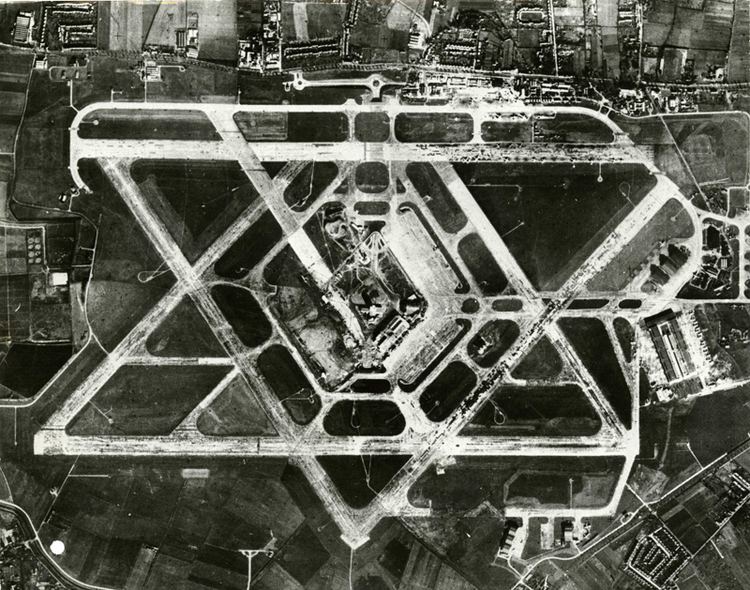 | ||
In its early years what is now Heathrow Airport was the Great West Aerodrome, sometimes known as Heathrow Aerodrome.
Contents
Before 1920
1920s
1930s
1940s
After World War II
1950s
1960s
1970s
1980s
1990s
2000s
2010s
Plans for future
References
History of Heathrow Airport Wikipedia(Text) CC BY-SA
